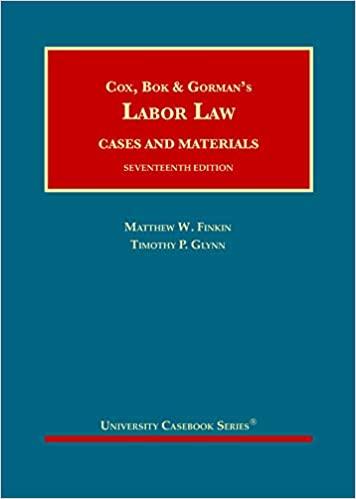Question
* A tort is a 'wrong' which when committed by someone [a tortfeasor ] gives the person harmed by it a right to take action,
* A tortis a 'wrong' which when committed by someone [a tortfeasor] gives the person harmed by it
a right to take action, for example thetort of trespassby placing building materials used to build a
house on an adjacent section without the owner's permission would entitle the owner to have the
materials removed and receive compensation for any damage caused
* Nuisance is a tort andis the most common category oftortraised in court cases
* Negligenceis a tort
* If someone is negligent by failing to do something with a sufficient level of care and skill thereby
causing harm to someone then the negligentperson is automatically liable to compensate that
person for the harm caused
* Whether a person is liable to another person for the consequences of his/her/its negligencedepends
on whether in such circumstances the Court has found that s/he owes a duty of careto that person
* Liability for the consequences of negligenceare limited to physical harm to persons or property
* A person can be held concurrently liable for both a breach of contract and in the tortof negligence
* Any harm arising that but for a person's negligence would not have arisen has to be compensated
by the negligent party
* A professional indemnity insurance policy bears the costs of defending an action against the policy
holder for his/her negligence plus the cost of damages if it is proven that s/he was negligent
* Designers are particularly vulnerable to claims for negligencebecause their designs may lead to
defective work or even structural failure
* Because a design is defective does not mean it was negligent, e.g. the state of industry knowledge
when it was designed was such that it was believed to be satisfactory
* Quantity surveyors are never held liable in negligence because they do not provide design services
* Builders are less likely to be found liable in the tort of negligencewhen working under a contract to
to follow a design provided by the building owner because any deviation from the design leading to
defective work is automatically a breachof contract and the builder is liable for the consequences
for the breachwithout the need to prove the builder wasnegligent
* Even when a builder accurately follows a design produced by the building owner it does not follow
that the builder cannot be held liable to some extent for the resulting work if it is defective
* A builder is in a difficult position when told to follow a design the builder thinks is faulty because
unless the builder makes it clear it only does so on the basis that the building owner indemnifies
the builder against any adverse consequences of doing so, otherwise when problems arise, the
the builder may be held responsible for proceeding according to a design it knew was defective
* A designer with limited experience is not required to perform to the same standard of carethat
an experienced practitioner must work to, to avoid being held liable for negligence
* An agent is someone who acts for a principal and can bind the principal by his/her actions, for
example the supervisor on a building site acts as agent for the building company employing
him/her and can agree to do extra work on its behalf
* If an agent acts beyond the authority the principal gives him/her but it appears to a third party that
s/he is acting correctly, then the agent's actions do not bind the principal
* The instructions a principal gives to an agent to act for him/her are a warrant of authority
* In a business partnership each partner acts as agent for every other partner as his/her principal
which is why each one is responsible for the tortscommitted by any other partner when it appears
s/he has acted according to the business conducted by the partnership e.g. a firm of architects in
which one partner negligentlydesigns a defective building and the other partners are also liable
for the consequences
* Partners in an ordinary partnership are only liable for the value of their shares in the partnership
when issues of legal liability arise for any reason
* Two categories of specification documents are prescriptivewhich amplify drawing details and
performance which specifies the results to be achieved
* A typical prescriptive specification cannot contain performance based requirements
* Manufacturers' literature cannot be used as contract documents because of copyright issues
* In the 'traditional' form of contract the owner employs a designer*under one contract, and the owner
employs a builder under a separate contract to follow the designer's drawings and specifications
the designer is often an architectural practice which employs specialists e.g. structural designer etc.
- Please judge whether these are true or false
- This is about New Zealand law
Step by Step Solution
There are 3 Steps involved in it
Step: 1

Get Instant Access to Expert-Tailored Solutions
See step-by-step solutions with expert insights and AI powered tools for academic success
Step: 2

Step: 3

Ace Your Homework with AI
Get the answers you need in no time with our AI-driven, step-by-step assistance
Get Started


